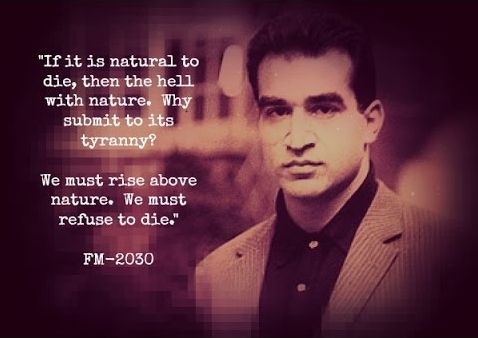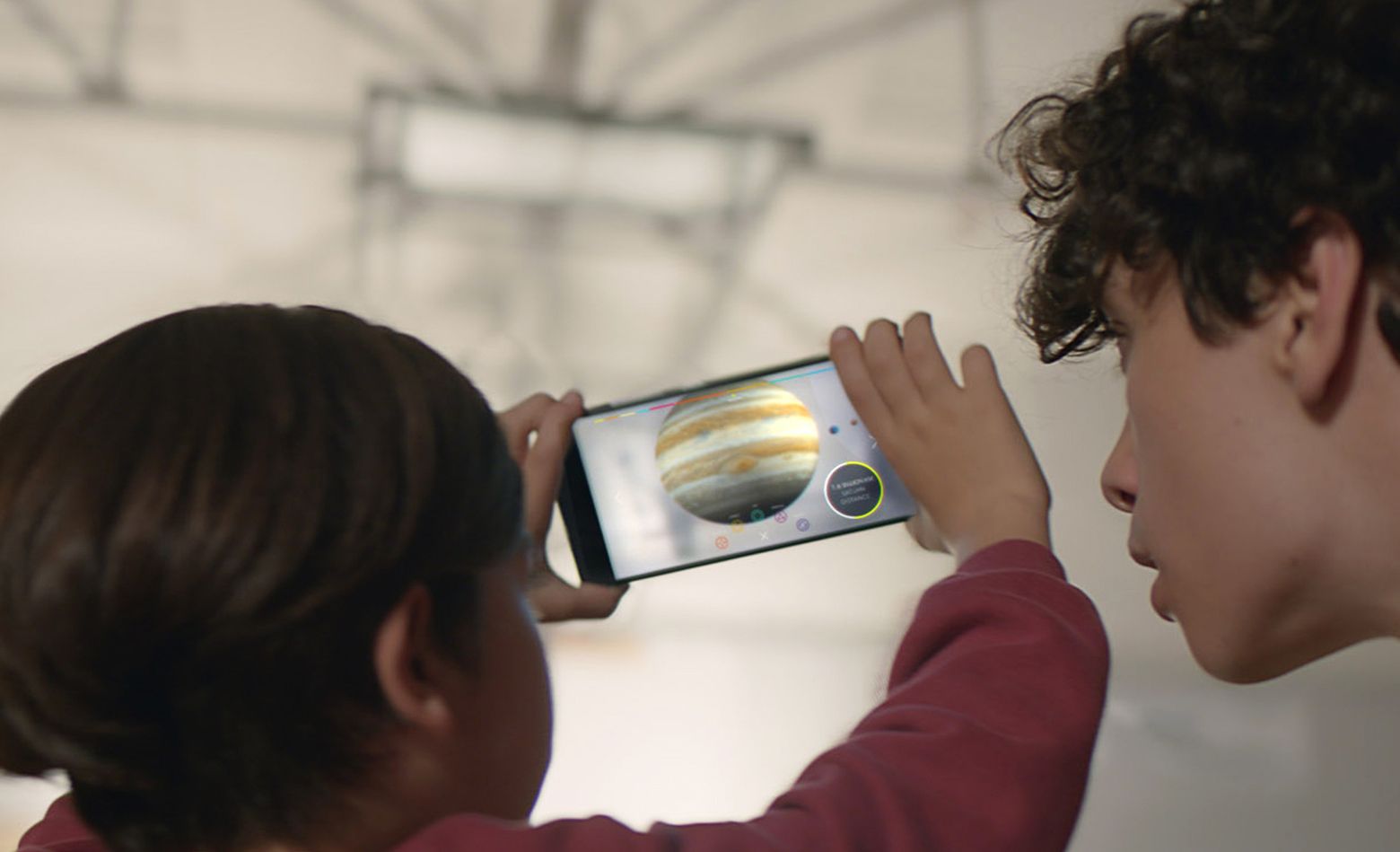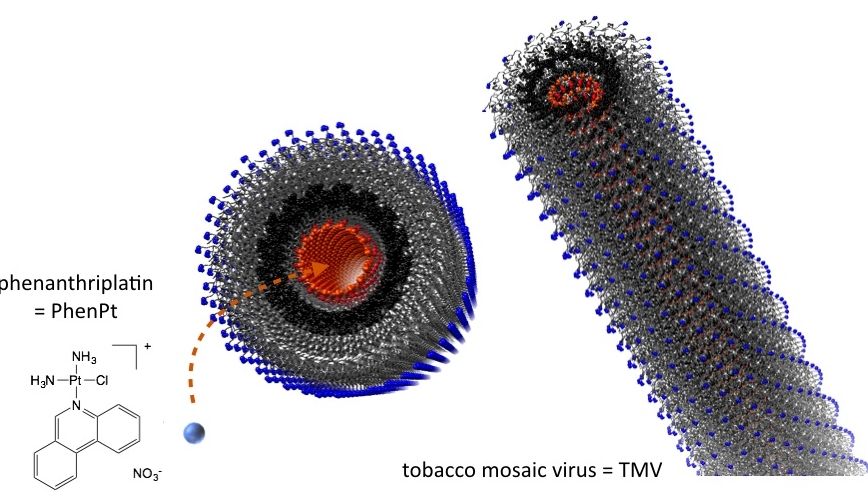![]()
I am not surprised at all by this finding given the other issues with pollution such as cancer from carcinogens, asthma, sinus infections, etc.
Air pollution is a known culprit in lung and heart disease. Fine particulate matter, tiny particles, 1/30th the width of a human hair, are released into the air by power plants, factories, cars and trucks. These fine particles somehow invade the body’s defenses and do the most damage. Air quality is worst in urban areas with increased traffic. New research points out that air pollution negatively affects brain and cognitive development in young children and teenagers.
Moreover, Jennifer Weuve, an assistant professor of internal medicine at Rush Medical College, found that older women who had been exposed to high levels of the pollution experienced greater cognitive decline compared with other women their age (Archives of Internal Medicine, 2012). Other studies cite black carbon in the form of soot as a cause of cognitive decline in an aging population for both men and women. Simply put: Dirty air messes up the brain.
In a new study conducted by a research team at Umeå University in Sweden, the correlation between exposure to air pollution in residential areas and children’ and adolescents’ psychiatric health was studied. The results show that air pollution increased the need for prescribed psychiatric medication for a mental illness. “The results can mean that a decreased concentration of air pollution, first and foremost traffic-related air pollution, may reduce psychiatric disorders in children and adolescents,” says lead researcher Anna Oudin, the Unit for Occupational and Environmental Medicine at the Department of Public Health and Clinical Medicine.
Read more







